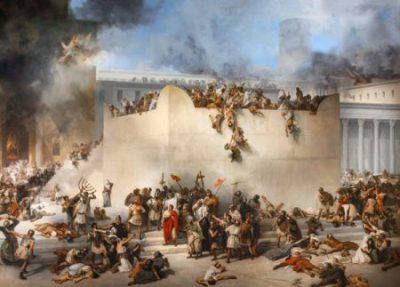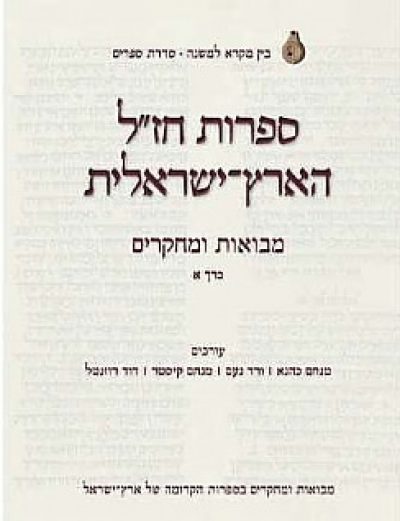The Seharane (or Saharane) is a festival of the Kurdish Jewish community, a community of great antiquity, which relocated itself in Israel, almost entirely, in the early 1950’s and which retains, on the whole, enormous affection, for what they see as their native land, language and traditions. Among Kurdistani Jewry, the festival was a popular folk oriented festival without strong religious roots. It marked the coming of spring and it was celebrated around the intermediate days of Passover (Pesach). Jews would traditionally go out into nature, often near the banks of rivers and would celebrate the spring with song, dance and festive picnics. It was a festival of great joy.
When the vast majority of the community as came to Israel in the 1950’s, the harsh circumstances of life as well as the community’s scattering around the country, led to the decline of the festival, but in the rebirth of pride in eastern ethnic and cultural traditions that affected much of Israel in the early 1970’s, there was an attempt to reorganize central celebrations of the Seharane as an expression of ethnic pride and of love for the ancient culture. At that point however, attempts to organize Seharane celebrations encountered difficulty in that the timing of the celebrations was very close to the Moroccan Mimouna celebrations, which belonged to a much bigger community and there was a feeling among many in the community that their festival was in danger of being swallowed up by Mimouna. As a result the decision was made in the mid-1970’s by the leaders of the community, to transfer the celebrations to the intermediate days of Sukkot (September/October) and it has remained at that time ever since. Perhaps unsurprisingly, this has affected the character of the festival as a celebration of spring transferred to mid-Autumn loses some of the logic that had led to its immense popularity as an authentic reflection of the natural year.
Nevertheless it has continued to survive and at a number of places in the country, most recently in Gan Sachar in Jerusalem, a large happening is held which amounts to a celebration of the Kurdish Jewish heritage and culture. It is not the only celebration as other concentrations of Kurdish Jews organize on a local level every year. As a popular festival there is always great emphasis on dress, music (including the traditional instruments led by the zurna, the ancient wind instrument with its’ distinctive sound and various forms of drums and hand drums), and of course, food. The Kurdish community was known for its oral tradition (as opposed to most other Jewish communities, better known for their writings) and their distinctive Aramaic language is also a feature of their celebrations with story-telling and singing competitions. In many places, more religious themes and customs have begun to creep into the celebrations over the years, such as the introducing of new copies of the Torah (the sacred Jewish scroll) into synagogues, but the character of the celebrations remain the same. The Kurds are noted for their positive feeling towards the areas from which they came and their positive feelings towards parts of the populations of the areas in which they lived. It is noteworthy that the communal celebrations of Seharane have attracted Kurdish non-Jews living away from Kurdistan who have shown considerable enthusiasm for the cultural celebrations which they too identify as representing their home culture.







